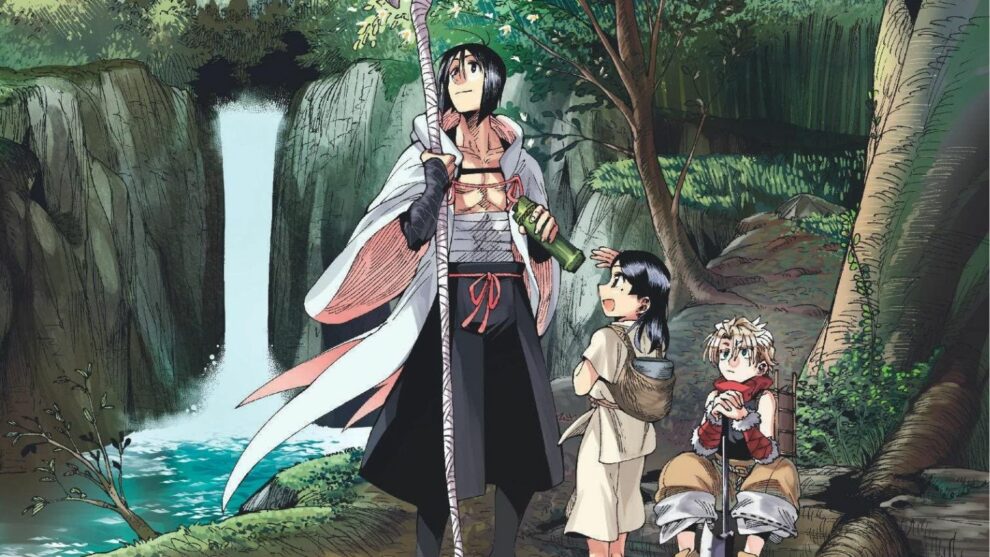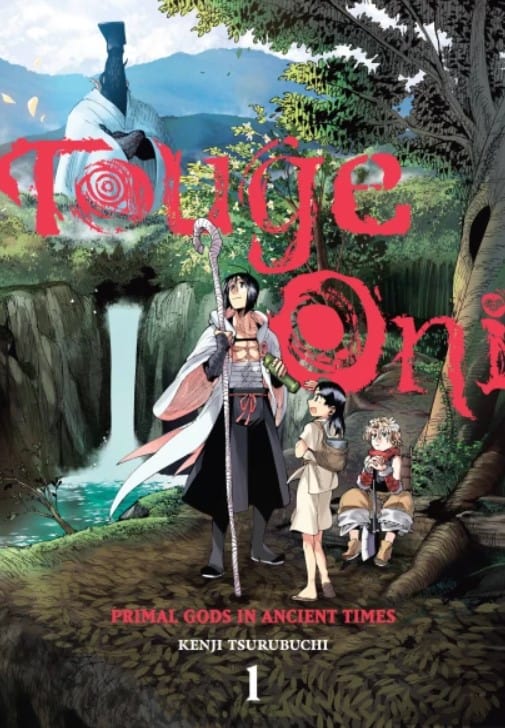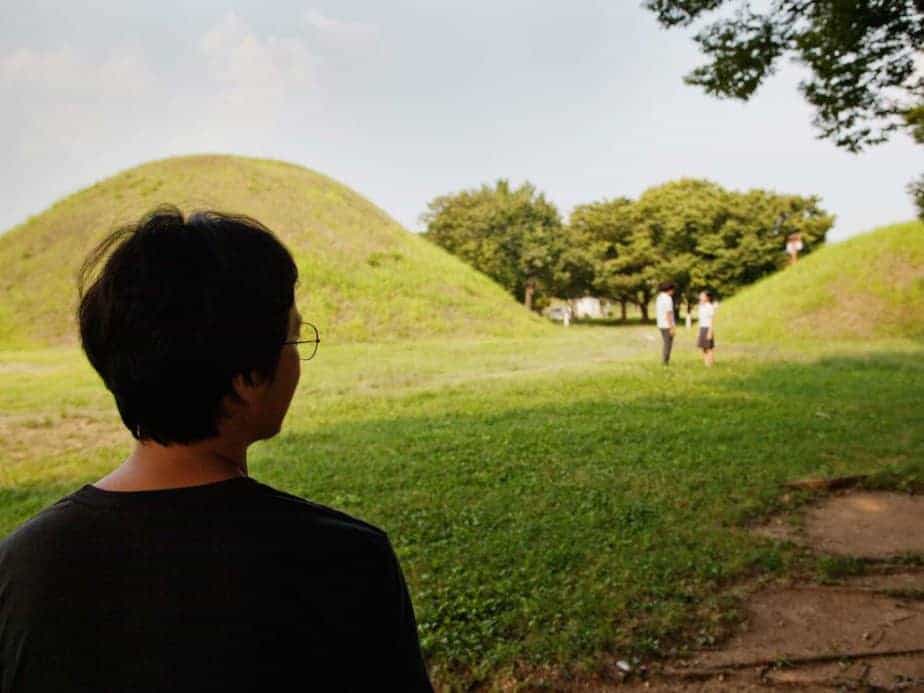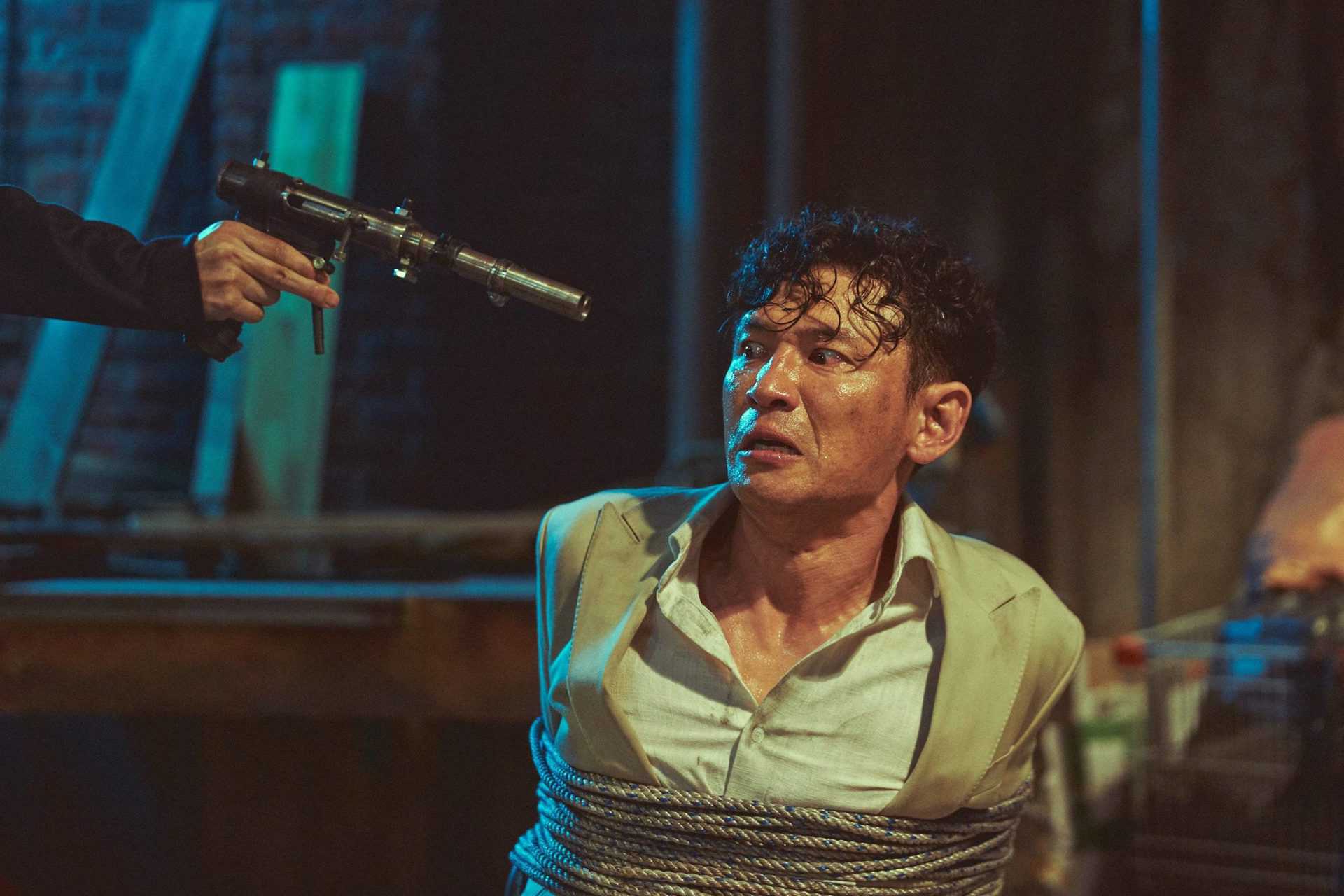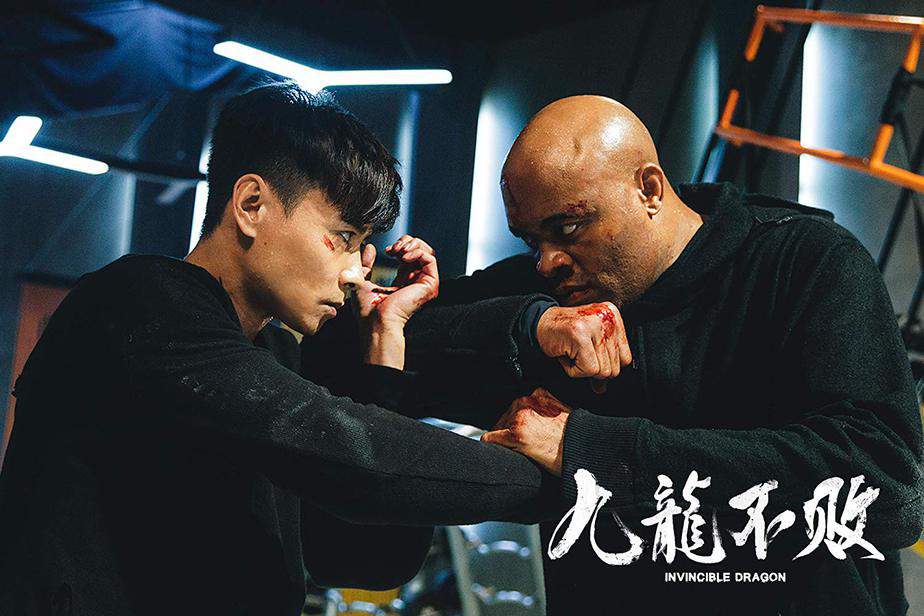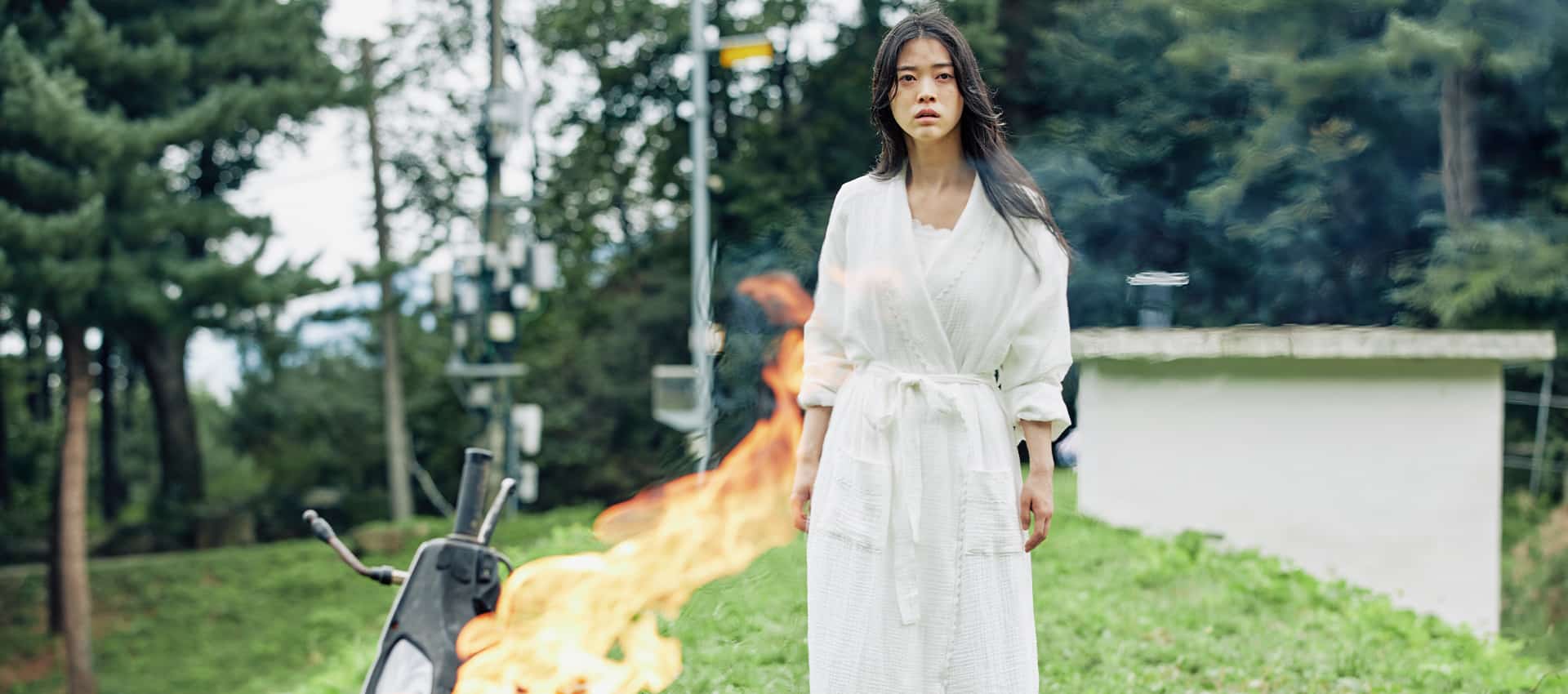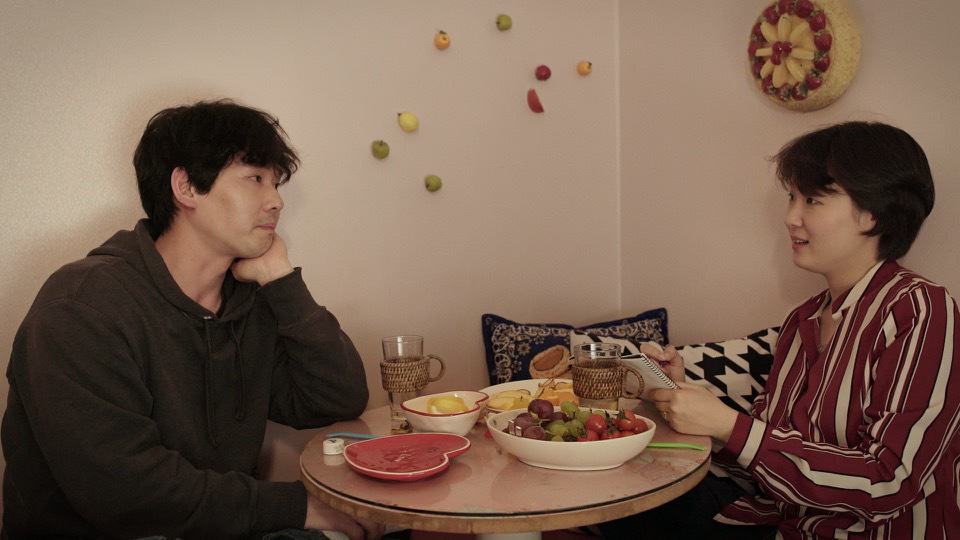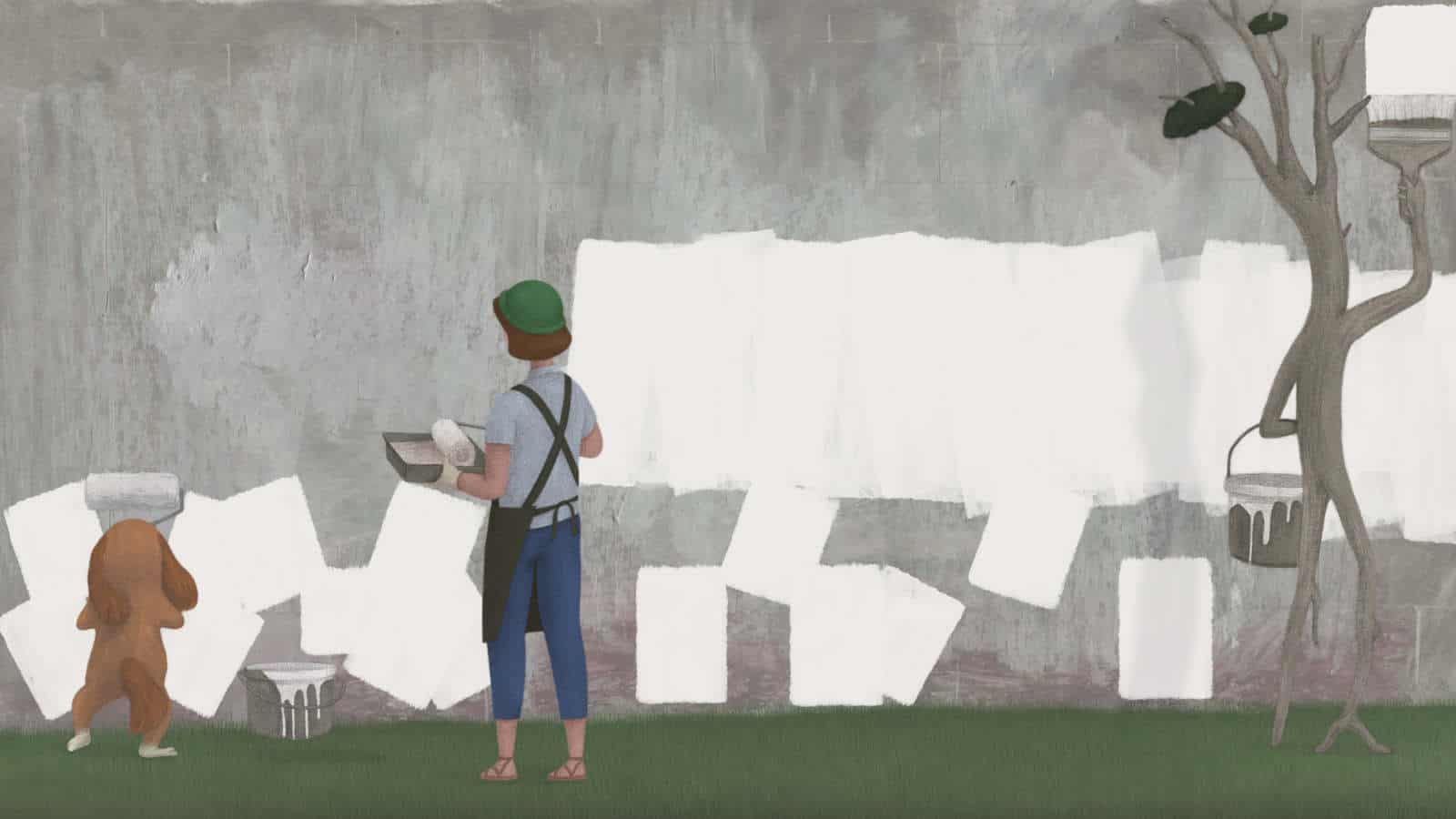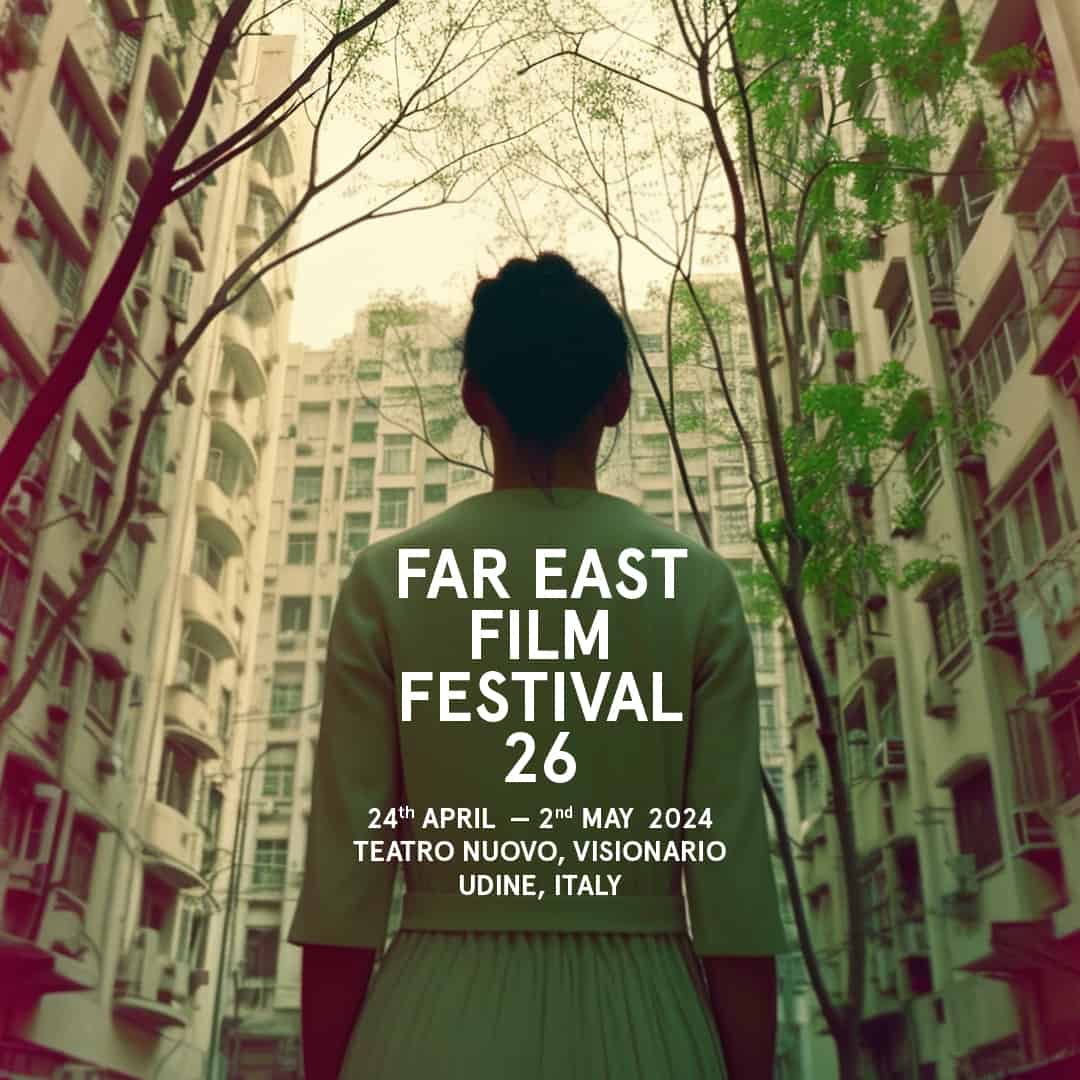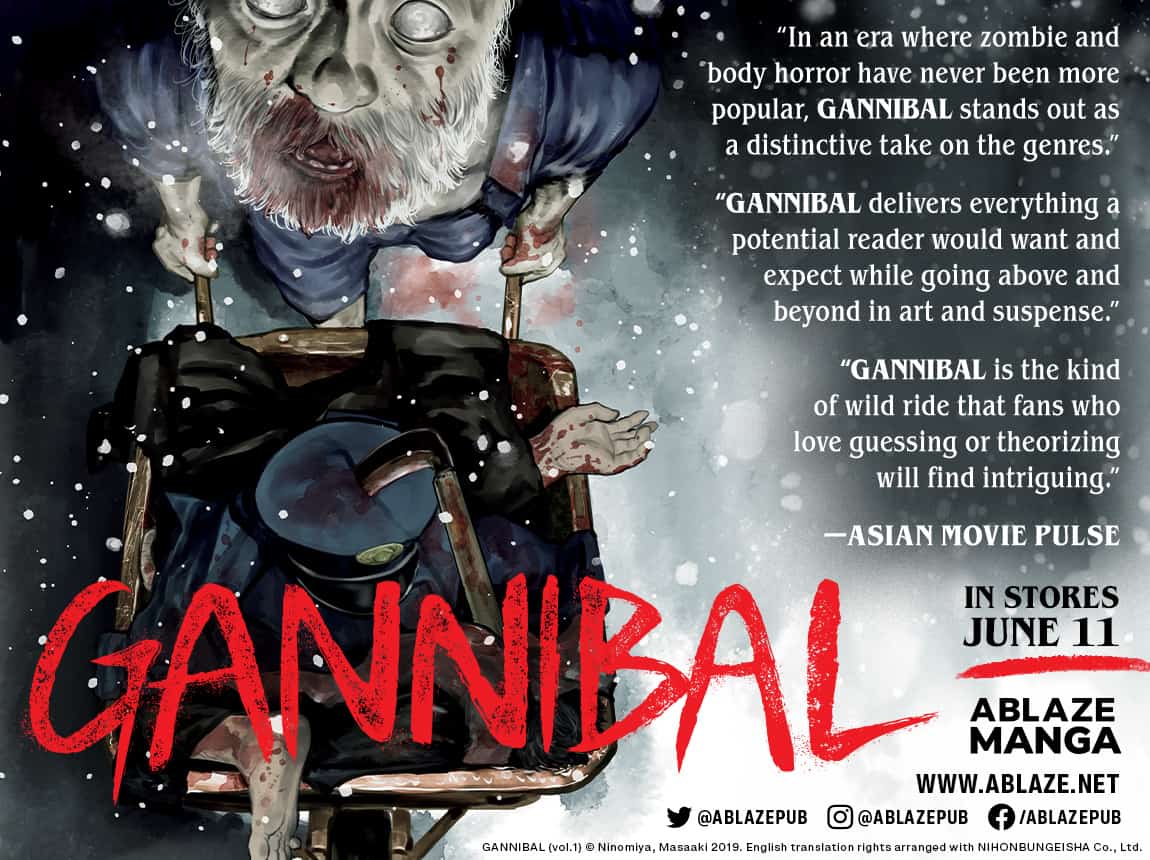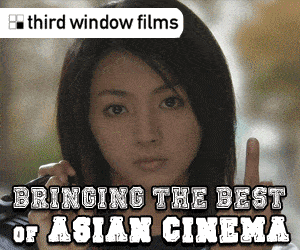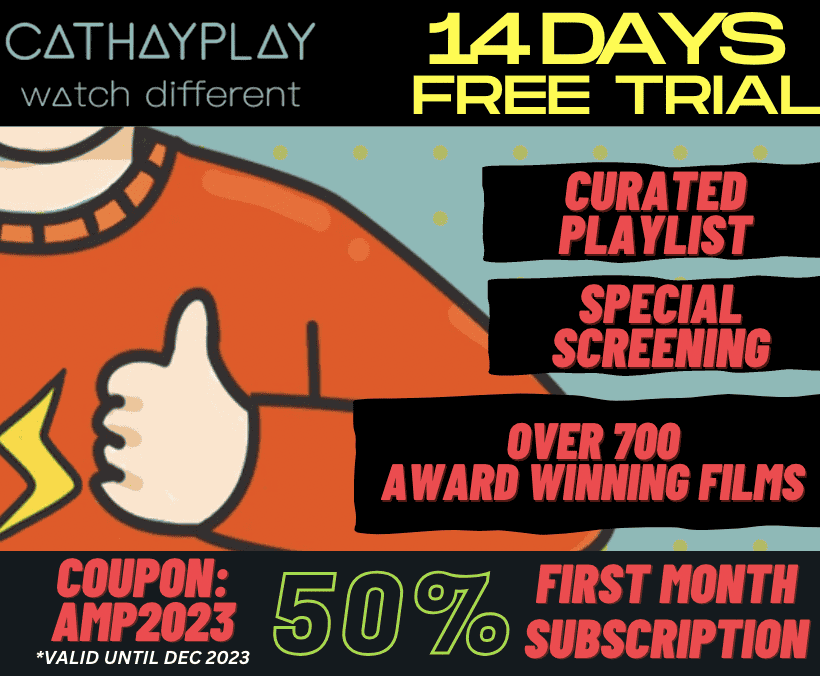“In the ancient kingdom of Yamato, between the era of the gods and that of men, there was a time when the two coexisted. Miyo is chosen to serve as a human sacrifice to her village's god, Kippuuson-no-Mikoto, but she's not ready to die! Can Ozuno, a monk with the special ability to speak one-on-one with the gods, save her life?” (Yen Press)
Kenji Tsurubuchi does something quite outstanding in the opening volume of “Togue Oni,” combining Japanese folklore, mysticism, and horror elements in a fully realized historical context. Of course, this angle has been done before, but there is a flow and artistic approach to “Togue Oni” that makes it instantly alluring, sure to draw in manga fans across different genres.
What makes the work instantly captivating is its framing of the main character, Miyo, being assigned to be a sacrifice for the gods and her willing acceptance based on her trust in the system. This is disrupted when she meets Ozuno, who sheds away the mysticism behind the gods and shows her the complexities of the various deities. Notably, they can be bargained with and have goals beyond the simplistic need for sacrifice. At the same time, the multiple gods do command respect to provide for the people, marking Miyo's focus on learning the means to navigate dealing with immense power while trying to gain favor. Essentially, Miyo's coming-of-age is intricately tied to her need to understand the ways of the gods. It is instantly engaging and an ideal way to navigate abstract descriptions of power.
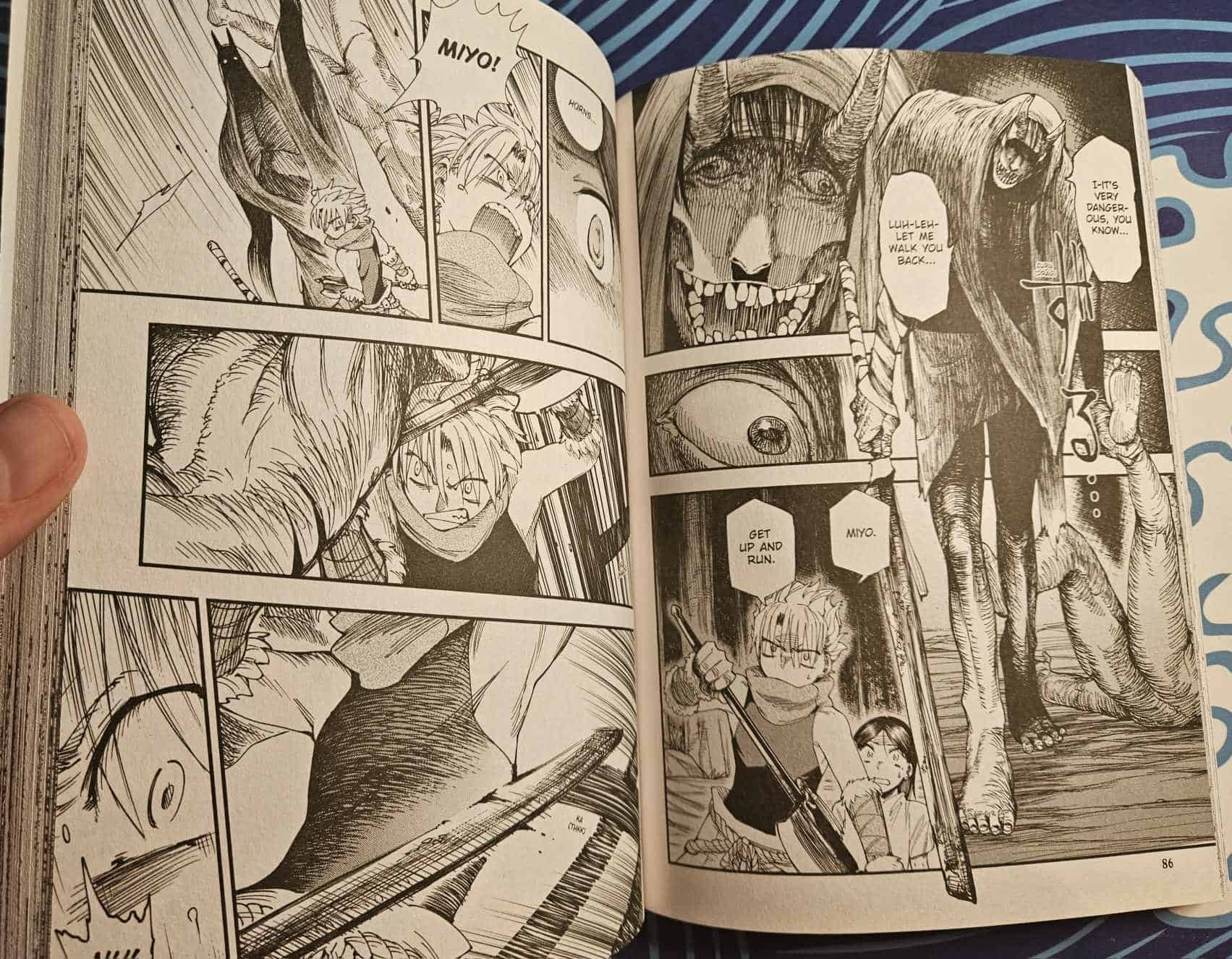
The visual approach of Kenji Tsurubuchi has an intriguing balance, overly detailed in some instances and slightly simplistic in others. An example of this can be seen above, where the detail on the Oni is intricate, yet the art of Miyo's traveling partner Zen is less defined. This approach stays consistent throughout, yet it beautifully juxtapositions the various otherworldly creatures and gods for their complexity in form and methodology, to that of humans. Across the board, the art impresses despite this inconsistency by using it to convey the grandiosity of gods and monsters.
“Togue Oni” makes a strong impression on its first release. Beyond horror and mysticism, the inaugural volume further carries elements of shonen that ensure it maintains a broad appeal. It is now one of the series I am most excited to dive into this year, and its successful integration of various styles backed by an engaging story will charm readers willing to give it a shot.


